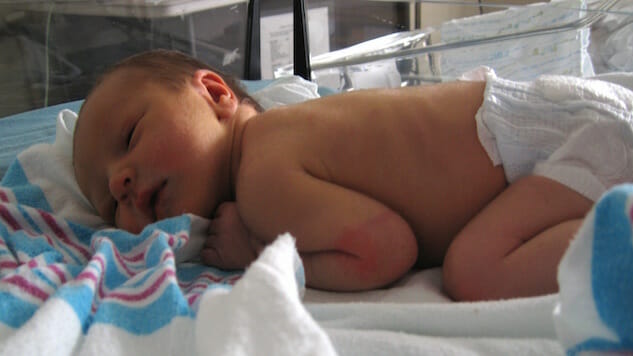C-Sections May Change the Course of Human Evolution

For most, “survival of the fittest” is simply a concept that triggers flashbacks to middle school science lectures, however this concept holds a lot of value when considered in terms of human evolution. “Survival of the fittest” defines the process of natural selection, which is most easily described as the theory that organisms better adapted to their environment tend to survive and produce more offspring. Natural selection has always been—you guessed it —a natural process, but modern medical advancements in child birth are beginning to change that.
-

-

-

-

-

-

-

-

-

-

-

-

-

-

-

-

-

-

-

-

-

-

-

-

-

-

-

-

-

-

-

-

-

-

-

-

-

-

-

-








































